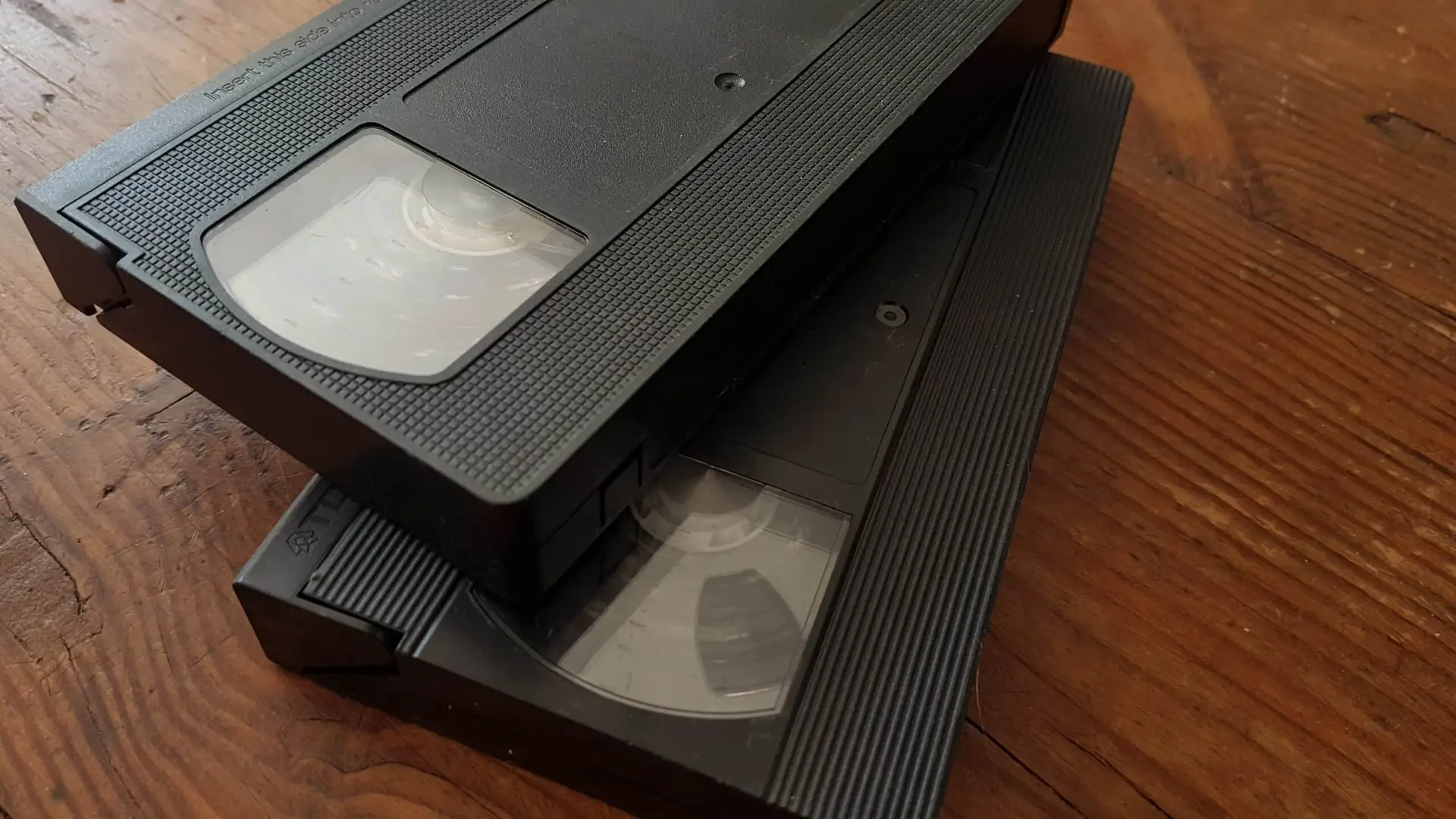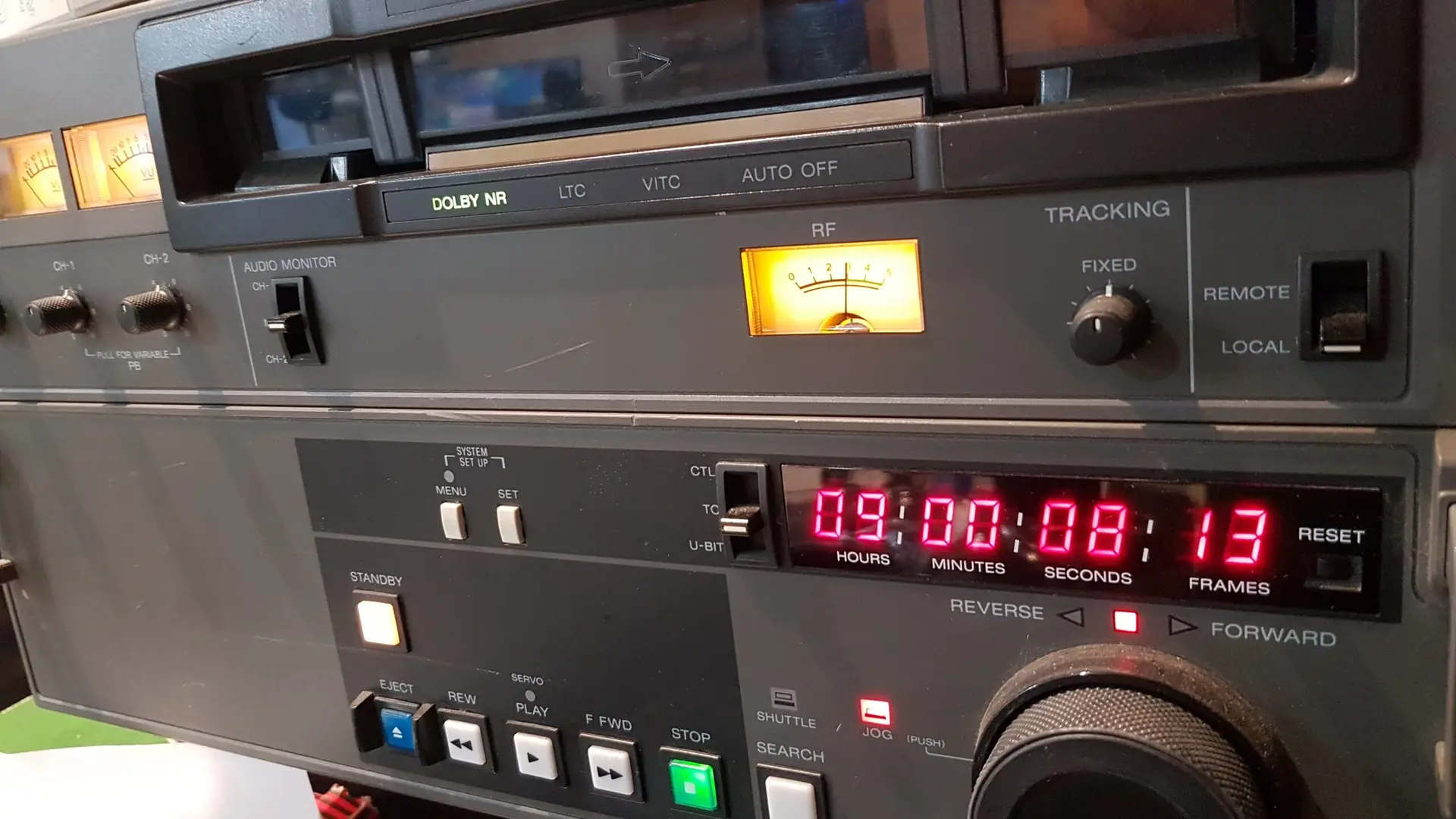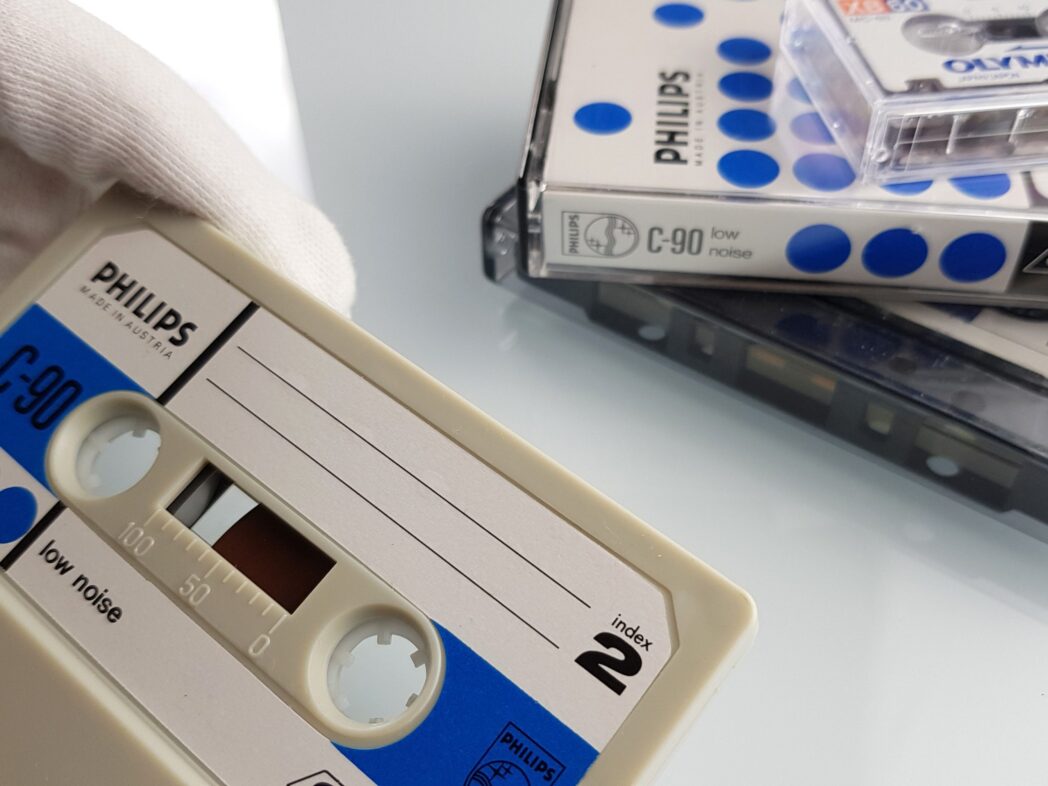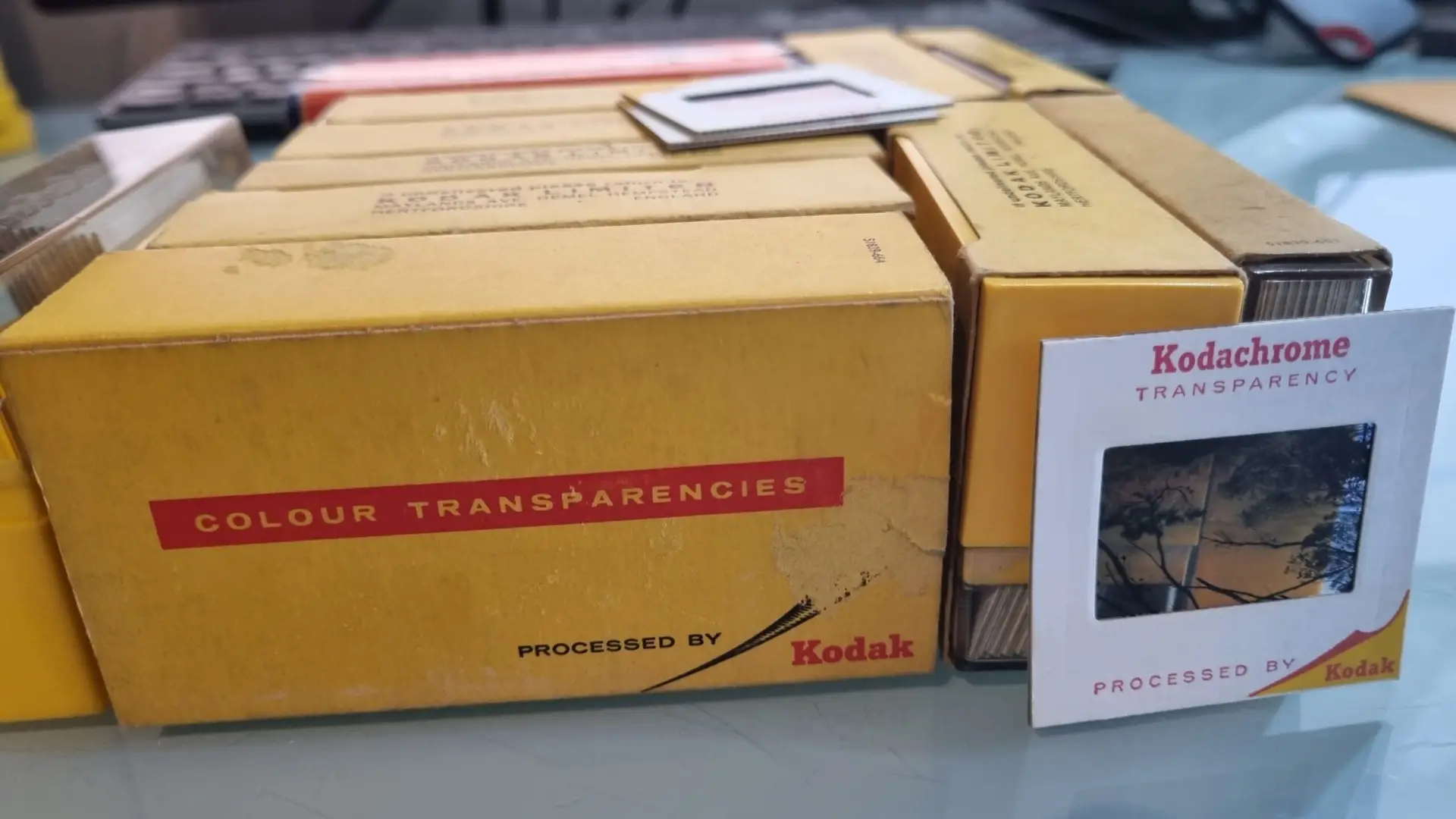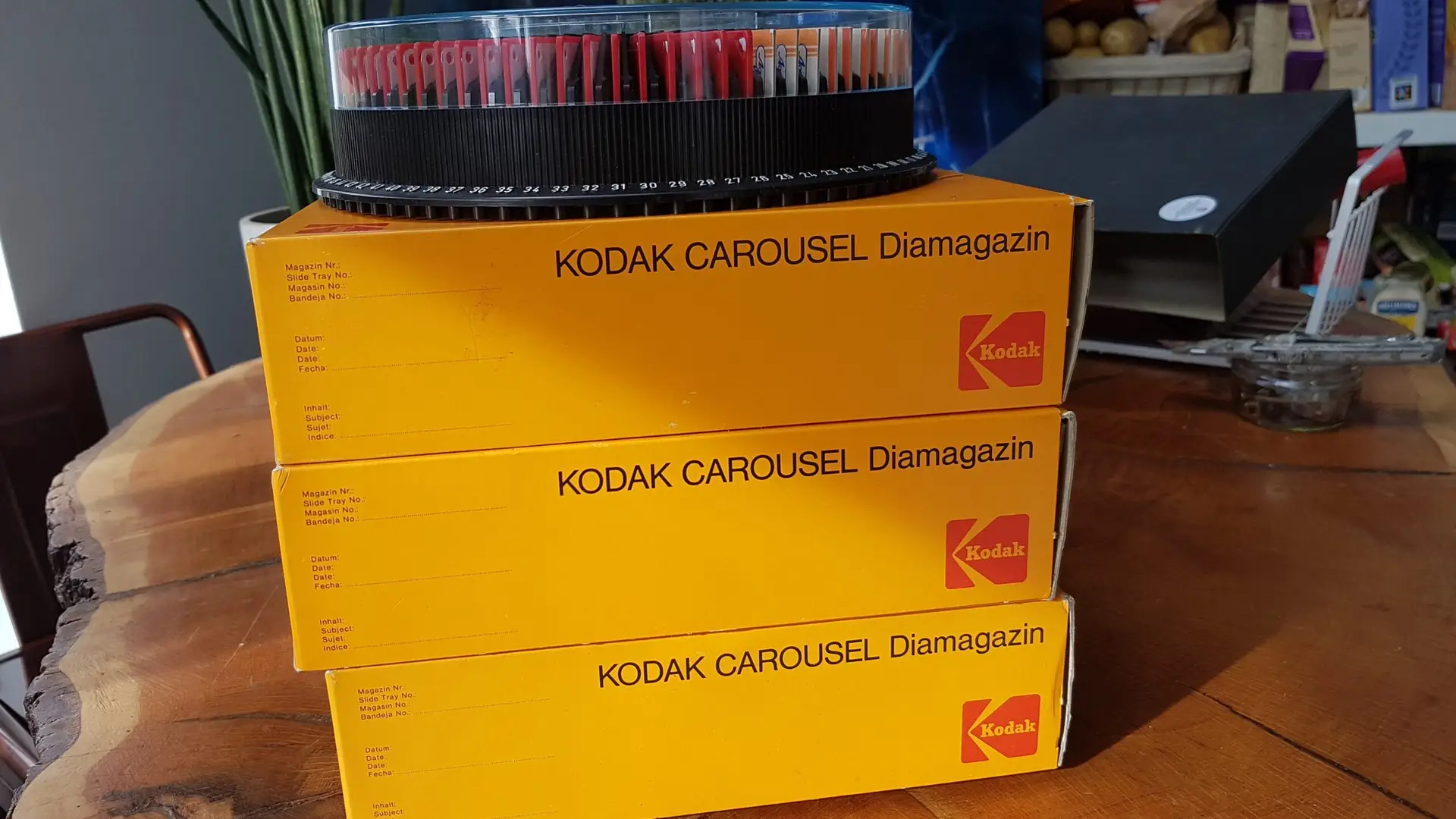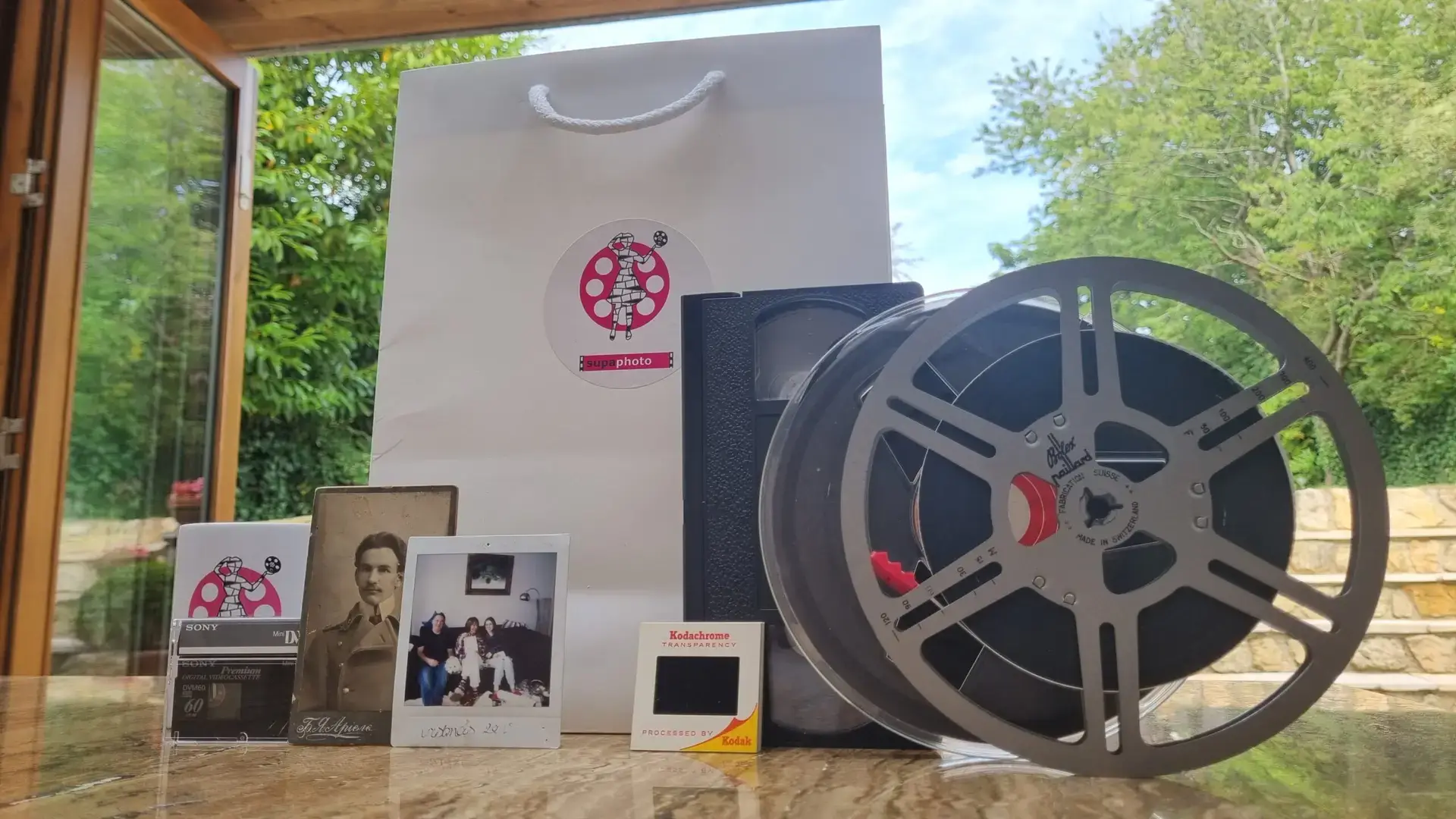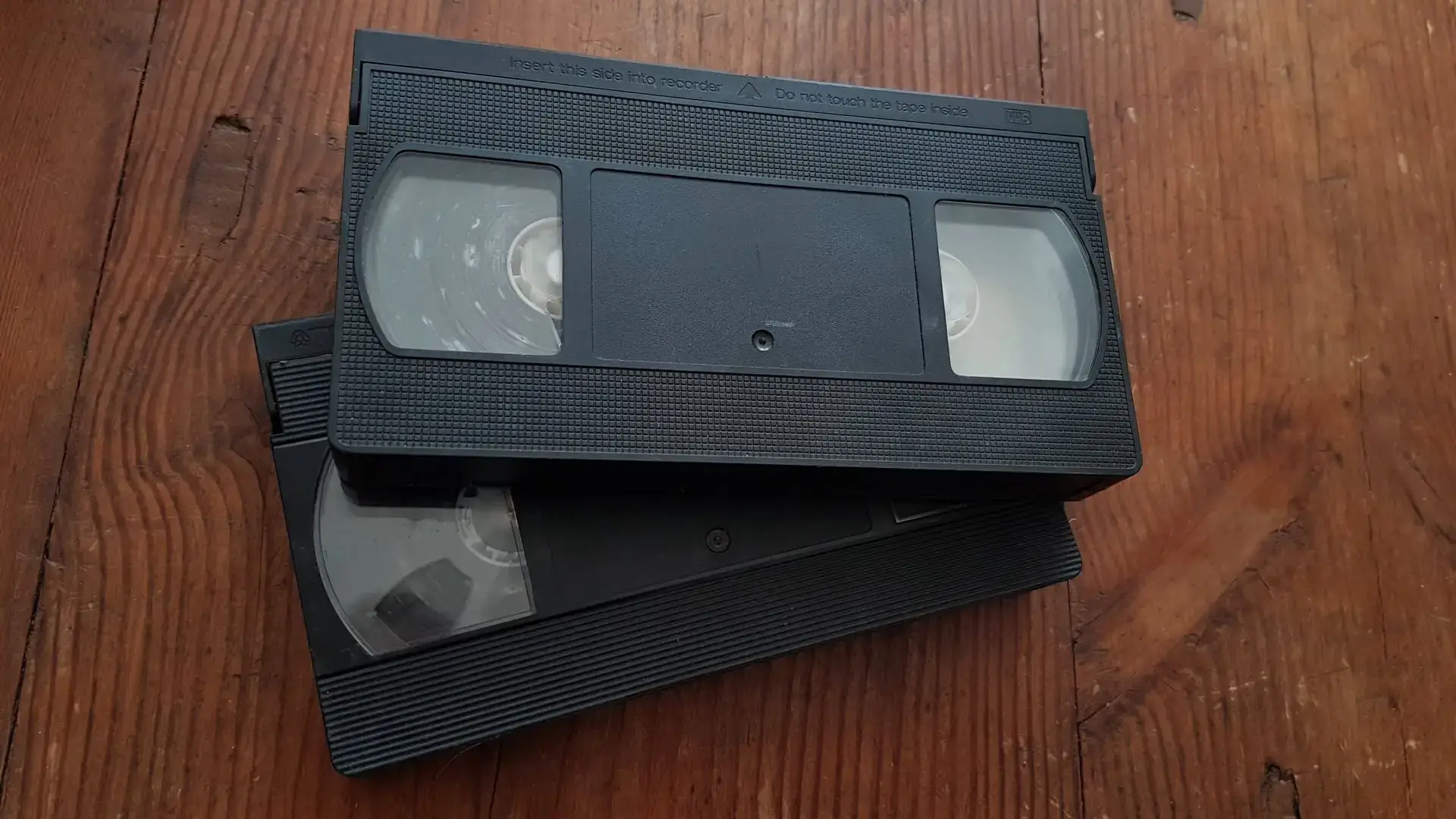The rivalry between VHS and Betamax formats, a significant chapter in technology history, traces back to 1971 when Sony introduced the U-matic, the pioneering enclosed video format. Initially crafted for commercial and professional applications due to its costliness, U-matic laid the groundwork for Sony’s subsequent creation – the Betamax – which debuted in 1974 as an aspiring industry-standard video recording device. Sony’s move didn’t sit well with potential collaborators, who were wary of Sony’s control tendencies first seen with U-matic and now with Betamax. Around the corner was the Betamax v VHS war.
Konosuke Matsushita, the founder of Matsushita (now Panasonic), was particularly discontented by not being consulted about Betamax’s design. In response, JVC announced its intent to establish a VCR standard compatible with Betamax.
In 1975, Sony launched Betamax, and only a year later, in 1976, JVC released its VHS (Video Home System) player, followed by its U.S. introduction in 1977 by RCA. You’d have needed quite a lot of money initially to purchase a Betamax player, let alone Betamax tape.
The Battle of VHS and Betamax: Technical Aspects
When it comes to Betamax vs VHS, Betamax boasted numerous technical merits. It offered superior resolution, reduced video noise, improved sound quality, and a more advanced cassette player. However, VHS held a key advantage with its longer initial recording time – up to two hours compared to Beta’s one hour. This allowed users to record an entire movie on a single VHS tape, unlike Beta, which required tape swapping.
Beta’s Advantage Diminishes At its launch in 1975, Beta held a monopoly on the home video market simply due to its early entrance. By 1976, Sony Betamax had sold 100,000 players, leveraging its head start. Yet, Sony’s marketing strategy was flawed. Sony focused on the ability to record live TV, a feature VHS also offered, with double the recording time. Sony’s emphasis on technical superiority overshadowed consumers’ preference for affordability. This oversight was compounded by Beta’s higher cost due to its complexity. When faced with the choice, consumers usually opted for the less expensive VHS.
Furthermore, VHS’s openness to partnerships and collaborations made it an appealing open standard. This accessibility drew more companies, including studios, to support VHS, posing challenges for Beta. For instance, Matsushita famously chose the more cost-efficient JVC product over Sony’s due to cost considerations. Beta’s Decline These Beta challenges largely pertained to early technology, which Sony gradually improved. Longer recording times, lower prices than VHS players, and more industry support were introduced. Nonetheless, Sony’s efforts proved too late as VHS’s economy of scale and affordability took hold. By 1988, Sony conceded defeat, manufacturing VHS players and using Beta for video camera recording. Sony officially stopped producing Betamax players in 2002, though the format persisted until 2016 when Sony ceased Betamax videocassette production.
The Format Wars
The Fallout of Format Wars Format wars, while establishing standards, come at a cost. Companies and retailers backing the losing standard incur financial losses, as do customers who invest before a format’s demise. Many purchased costly Betamax players during the 1970s and 1980s, later needing to switch to the prevailing universal VCR standard. Contrastingly, voluntary consensus standards, overseen by ANSI-accredited organisations, mitigate these issues by fostering cooperation rather than competition among companies.
Between Betamax Tapes and VHS, Betamax was generally considered to have a superior image quality. Betamax was introduced by Sony and was known for its better picture resolution and higher recording quality compared to VHS (Video Home System), which was introduced by JVC (Victor Company of Japan).
A Betamax video player offered higher resolution and better colour fidelity due to its narrower tape tracks and higher tape speed. This resulted in a crisper and clearer picture compared to VHS. However, VHS gained popularity due to other factors like longer recording times and lower manufacturing costs, which made it more affordable for consumers.
Despite Betamax’s better image quality, VHS eventually won the format war due to its longer recording times and more widespread availability of VHS players and tapes. The VHS format became the dominant choice for home video recording and playback, leading to the decline of Betamax.
It’s important to note that these formats are now largely obsolete, as digital formats like DVDs and streaming services have taken over as the primary means of consuming video content.
Initially, Betamax video equipment and tapes were generally more expensive than their VHS counterparts. The manufacturing process and technology used in Betamax equipment contributed to its higher cost. Additionally, Sony, the primary manufacturer of Betamax, maintained a more controlled ecosystem, which often led to higher prices.
VHS, on the other hand, had a more open system with multiple manufacturers producing VHS equipment and tapes. This competition among manufacturers helped drive down prices and make VHS equipment and tapes more affordable for consumers.
The cost difference was one of the factors that contributed to VHS gaining popularity over Betamax, as consumers often found VHS to be a more cost-effective option. Over time, as VHS became more widespread and production costs decreased, the price gap between the two formats narrowed.
Keep in mind that while Betamax and VHS were once popular formats for video recording and playback, they have been largely replaced by newer technologies like DVDs, Blu-rays, and digital streaming.
What’s the initial impression here? Well, at first glance, Betamax outshone VHS in virtually every aspect. It boasted superior resolution, featured smaller tapes with greater recording capacity, and even beat VHS to the scene by around two years.
Most notably, had Betamax prevailed in the format battle, we would have been spared the hassle of switching tapes during pivotal moments in movies like Titanic on VHS. Yes, we wouldn’t have had to endure the interruption while the ill-fated ship snapped and sank beneath the waves.
As history unfolded, this ideal scenario didn’t come to fruition. The format war’s victor was VHS, and we indeed had to hit pause on Titanic to exchange tapes during the movie’s climax. What caused this outcome?
It turns out the deciding factor in the format clash between Betamax and VHS was none other than money. Looking at the comparison above, Sony pioneered Betamax, which ultimately led to its downfall. This isn’t to say that Sony doesn’t produce excellent products—quite the opposite. I loved Sony’s Walkman for example.
The issue lies in Sony’s tight control over its technologies. Betamax followed suit. Sony tends to maintain strict control over all aspects of its products, forcing consumers to purchase Sony items exclusively to complement other Sony products.
Consequently, individuals had to pay a premium for every new Betamax tape they wanted.
On the flip side, VHS emerged through collaborative and open-source development. JVC, the inventor, refrained from patent enforcement, thereby fostering the technology’s growth. Various manufacturers jumped onto the VHS bandwagon, leading to reduced prices across the board. VCRs became more affordable, tape costs dropped, and accessibility increased significantly.
Some people though can find happiness by asking are Betamax tapes are worth anything? – and discovering that to some people, they are!
Ultimately, the primary divergence between Betamax and VHS though lies in pricing. Betamax, under Sony’s control, bore a high cost due to its monopolised technology. In contrast, VHS was communal property. Its prices were significantly lower than Betamax, and despite being an inferior technology, it emerged victorious in the format war.
From a quality point of view, if you are in need of someone who you can trust to convert Betamax to dvd or digital will do a we recommend that you use a reputable company like Supaphoto to convert your old Betamax tapes. Remember to check the condition of your tape beforehand or they can do it for you for free. Aging tapes sometimes mouldy tapes. Betamax tapes with mould other degradations means that it’s important to take these things into account to get a quality outcome in respect of the transfer.










